Gothic - Pointed Arches, Flying Buttresses
|
-
About this Collection
Gothic, the high medieval style, developed over a period of half a millennium (ca. 1150-1600).
Unprecedented structural height was obtained by employing thinner walls with flying buttresses, lighter piers (clusters of columns), and ribbed vaults.
Gothic construction was characterized by lightness and soaring spaces, and reflected the religious intensity of the period.
The signature pointed arches and stained-glass windows identify Gothic cathedrals and churches across Europe, notably those of Chartres, Reims, and Notre-Dame de Paris.
The final period of English Gothic, from the late fourteenth to the mid-sixteenth century, is called Perpendicular Gothic.
Perpendicular describes the emphasis on the strong vertical lines of its window tracery and wall panelling, intersecting with flat ceilings at nearly right angles. Roof vaulting became fan-shaped and highly ornamented. Technological advances made such developments possible.
Notable examples of Perpendicular include King’s College Chapel, Cambridge, and Henry VII’s Chapel at Westminster.
-
Front elevation Cologne Cathedral, Germany, displaying all the elements of the High Gothic style
This front elevation of the cathedral at Cologne, Germany depicts all the elements of the High Gothic style -- overwhelming verticality achieved with pointed arches, windows, and doors, and twin pointed towers. This landmark structure was begun in the year 1248, but was not completed until 1880. The 19th century contruction followed surviving plans and drawings.
This image appears in an eight-volume set on German architecture by Ernst Förster published in the 1860s.
-
Late English Gothic fan vaulting of the ceiling of King's College Chapel, Cambridge
Detail of the late English Gothic fan vaulting of the ceiling of King's College Chapel, Cambridge, completed in 1515. This chapel is considered to be the spectacular epitome of Perpendicular Gothic style.
This image appears in David Loggan's Cantabrigia Illustrata, published in the 1690s.
-
Magdalen College, Oxford, featuring the Perpendicular Gothic Tower
The bell tower of Magdalen College, Oxford. This imposing Perpendicular Gothic tower, begun in 1492, is a beloved landmark and inspiration for countless campus towers around the world.
This image appears in David Loggan's Oxonia illustrata, published in 1675.
-
Overview of the grounds of Trinity College, Cambridge
Overview of the grounds of Trinity College, Cambridge, founded in 1546 by King Henry VIII. The central quadrangle, called Great Court, is the largest of any Cambridge or Oxford college. Most of the buildings were built in the 16th century in Tudor style, but the 'new' library, seen at the upper left of Great Court, was built from designs by Sir Christopher Wren in 1695.
This image appears in David Loggan's Cantabrigia illustrata, published in the 1690s.
-
Section of the interior of Cologne Cathedral, with added decorative details
Section of the interior of Cologne cathedral, with added decorative details. This illustration clearly demonstrates the construction and beauty of the flying buttresses that hold up the tall interior space of the building.
This image is taken from an eight-volume set on German architecture by Ernst Förster published in the 1860s.
-
View of Eton College, the exclusive British school, with a glimpse of Windsor
View of Eton College, the exclusive British school for boys.
The school was founded in 1440 by King Henry VI at the same time he was creating King's College at Cambridge.
The college Chapel, prominent in this image, was built in the 15th century and is a fine example of English Perpendicular Gothic. A tiny portion of Windsor Castle can be seen in the upper right distance.
This image appears in David Loggan's Cantabrigia illustrata, published in the 1690s.
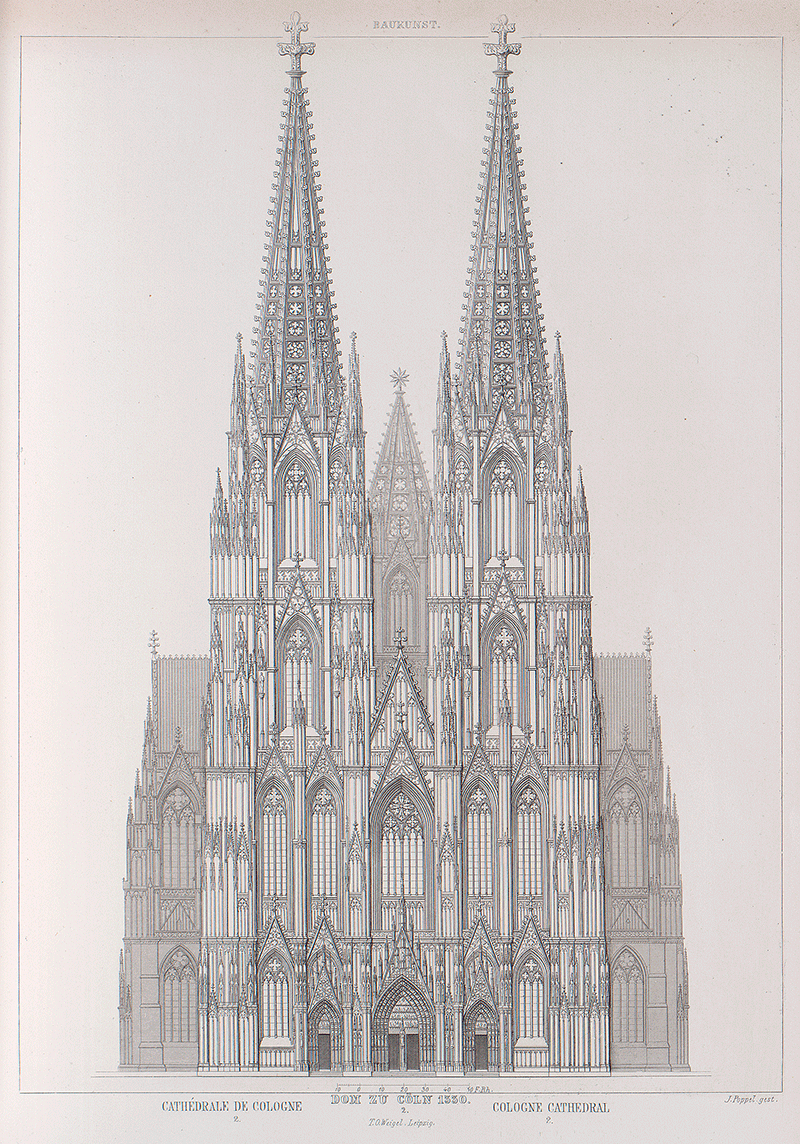 View Image
View Image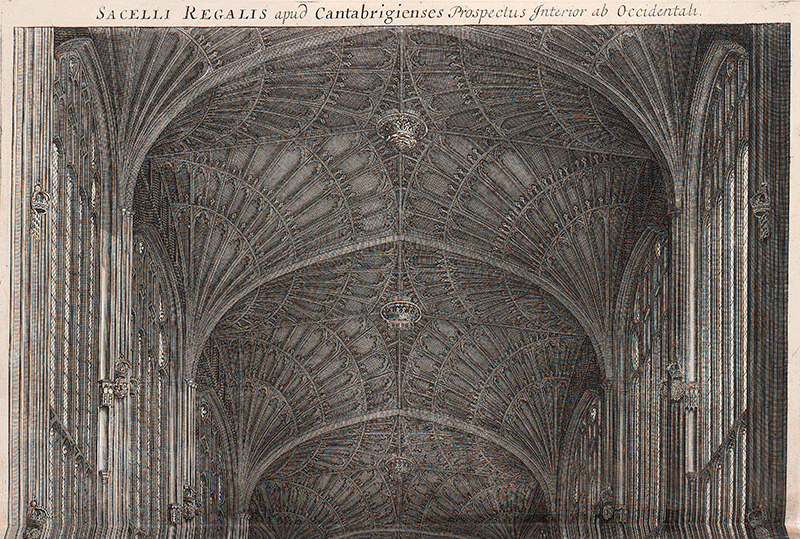 View Image
View Image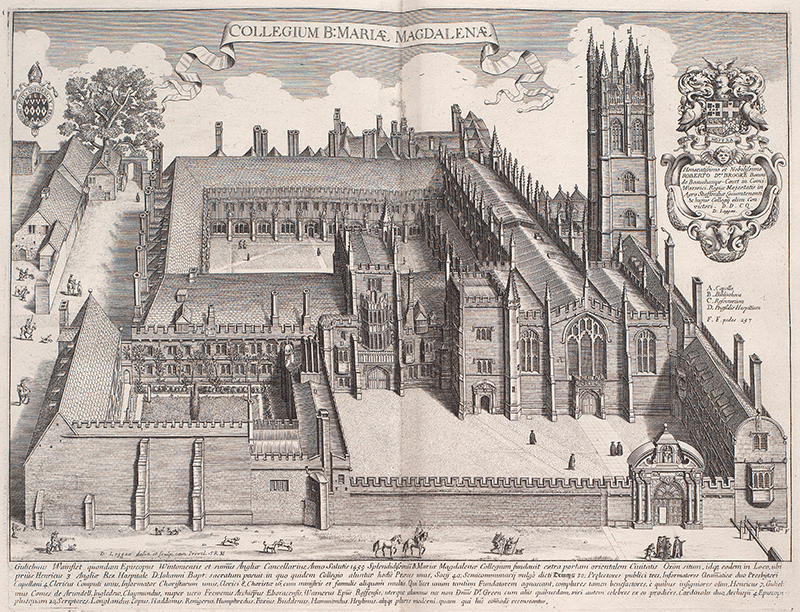 View Image
View Image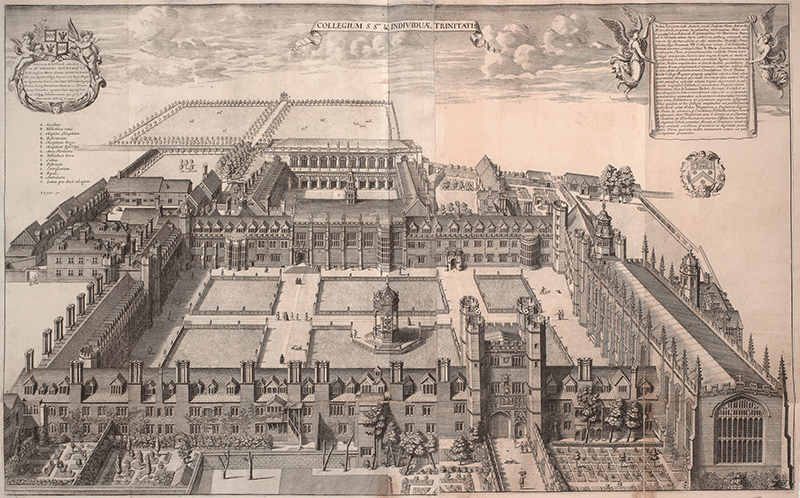 View Image
View Image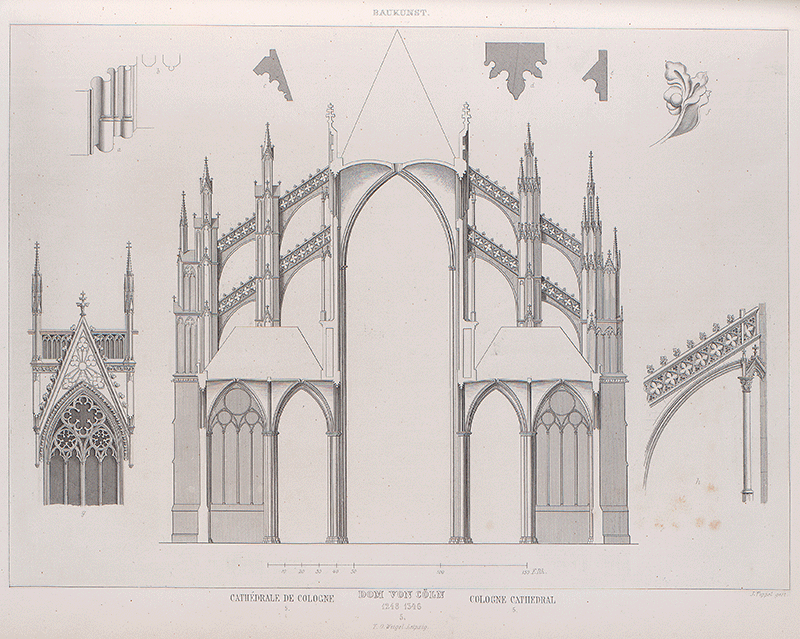 View Image
View Image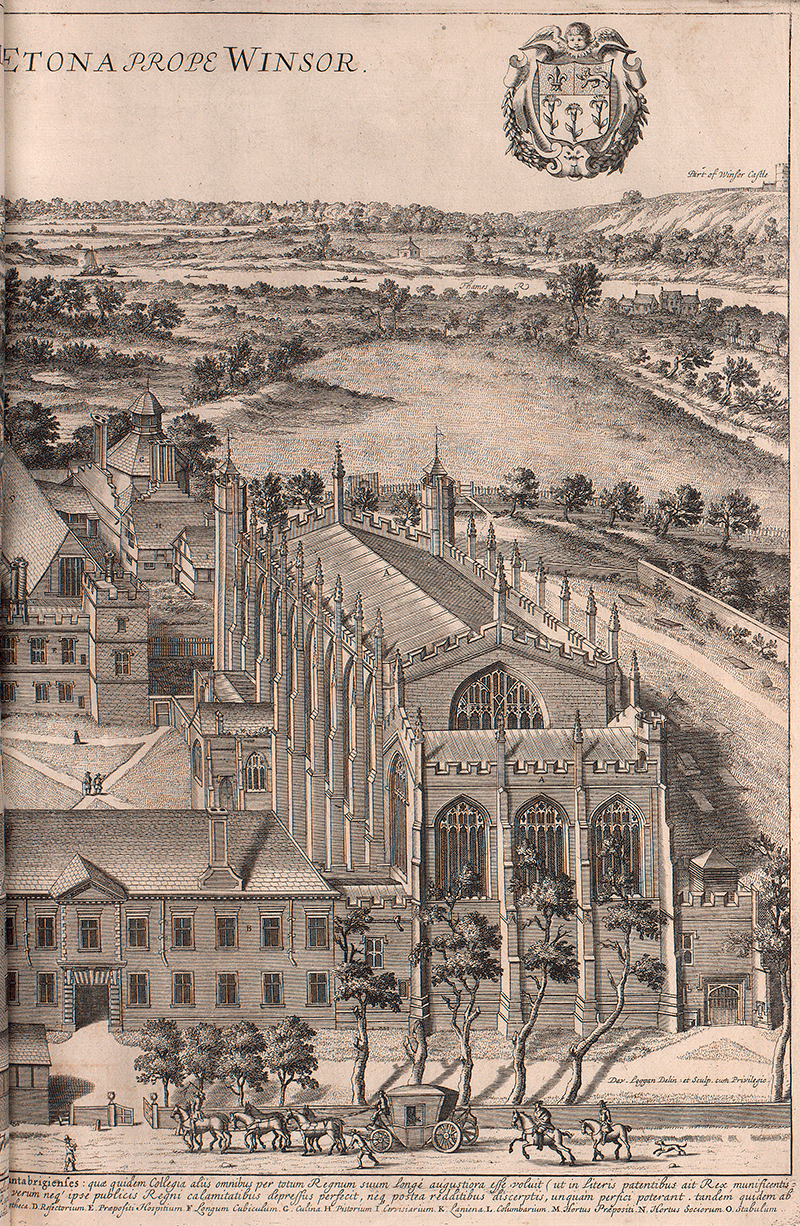 View Image
View Image